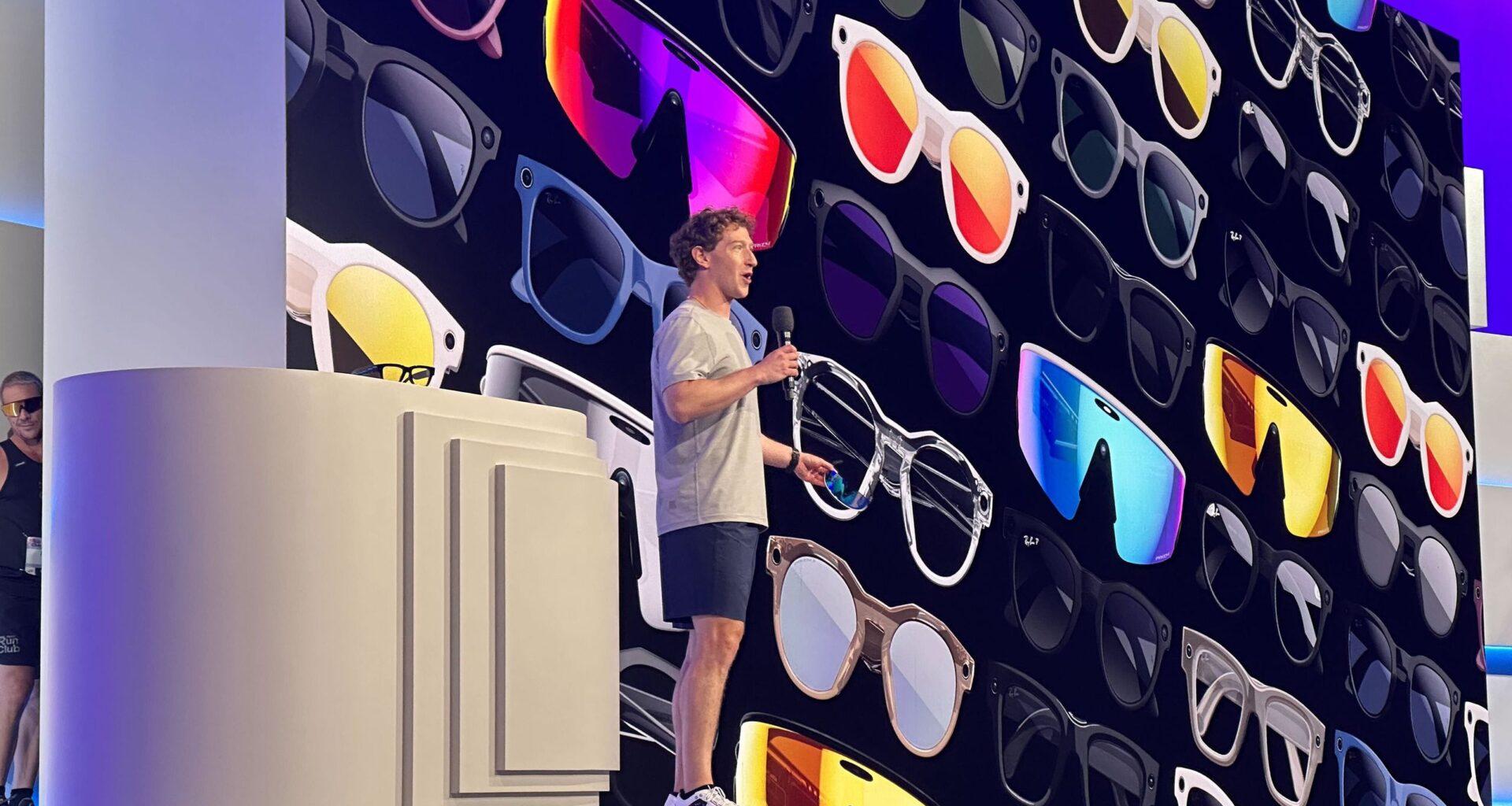What you need to knowMeta earned $51.2 billion in revenue, mainly advertising, but just $2.7 billion in net income thanks to a One Beautiful Bill income tax and AI infrastructure CapEx.Reality Labs lost $4.4 billion this quarter, and is expected to do worse next quarter without a new Meta Quest launch.Instagram and Threads user count rose to 3 billion and 150 million, respectively.The company will continue to invest tens of billions in Meta Superintelligence Labs in 2026, and may lose money on lawsuits related to child safety.
Meta is earning more advertising revenue than ever, and keeping people on its apps for longer, using AI, Mark Zuckerberg boasted during Meta’s Q3 2025 earnings call. But it’s also spending tens of billions on AI infrastructure to “front-load” computing capabilities for an AI Superintelligence, to the point that investors are spooked.
Zuckerberg and CFO Susan Li outlined the company’s highest-ever $51.2 billion revenue this quarter, but Meta’s net income fell 83% YoY, thanks to major AI CapEx spending and a one-time $15.9 billion income tax from Trump’s 2025 tax bill.
Tax one-off aside, Meta is promising that spending $19.4 billion this quarter on AI servers, data centers, and network infrastructure is “very likely to be a profitable thing” by accelerating their AI research on Superintelligence and producing better ads. It’s a familiar strategy for Meta, which spends heavily on big-picture ideas like the “Metaverse” with the hypothetical promise of future ROI.
You may like
Promising a ‘profitable’ future for Reality Labs (eventually) after years of losses

(Image credit: Jitesh Ubrani / IDC)
Meta boasted in the Q3 earnings call about the success of their recent AI glasses, including selling out most Meta Ray-Ban Display store stock within “48 hours.” But Reality Labs R&D remained predictably expensive, costing them $4.4 billion in net losses this quarter after $470 million in revenue.
According to Li, even though they expect “significant YoY growth in AI glasses revenue” next quarter, thanks to the Ray-Ban Meta Gen 2 and Oakley Meta Vanguard glasses, profits will be “more than offset by the headwinds of Quest headsets,” because there’s no Quest 3S launch this year.
It’s a bit surprising that Ray-Ban sales aren’t expected to cut into Reality Labs’ losses, or at least match past Quest headsets’ success during the holidays. Despite this, Zuckerberg assured investors that “it will be a very profitable investment” eventually, starting with revenue from selling the glasses and then building “services” on the hardware.

Meta’s 2025 AI glasses lineup (Image credit: Michael Hicks / Android Central)
Zuckerberg continued on by explaining that R&D costs will continue for future devices like Meta Orion, their full-FoV AR glasses, and that smart glasses are still “earlier in their curve” before it can become a “sustained business.”
Eventually, however, they plan to reach “many hundreds of millions or billions of people, and that’s the point at which we think this is going to be an extremely profitable business,” Zuckerberg concluded.
The Meta CEO first brought up the idea of billions of smart glasses in an earlier earnings call; current estimates suggest it’s still well short of ten million, but EssilorLuxottica plans to sell 10 million pairs of AI glasses per year starting in 2026, with Meta as its primary partner.

(Image credit: Michael Hicks / Android Central)
Meta claims that after this one “Big Beautiful Bill” tax payoff, there will be a “significant reduction in our U.S. federal cash tax payments,” lowering operations costs moving forward. But Meta will likely reinvest that money in AI instead.
After spending $70–72 billion total on CapEx in 2025, Li warns that “total expenses will grow at a significantly faster percentage rate in 2026 than 2025, with growth driven primarily by infrastructure costs, including incremental cloud expenses and depreciation.”
This will help Meta build its Superintelligence that “knows us deeply, understands our goals, and can help us achieve them.” Zuckerberg suggested that they’re working on “truly frontier models with novel capabilities,” though he didn’t say when these advanced AI tools will arrive.
Meta also warned investors that continued pressure from the European Union could lead to “significant negative impact on our European revenue,” while in the U.S., “a number of youth-related trials are scheduled for 2026” that could lead to losses. Meta has come under fire for allegedly covering up potential harms to children from VR games.

